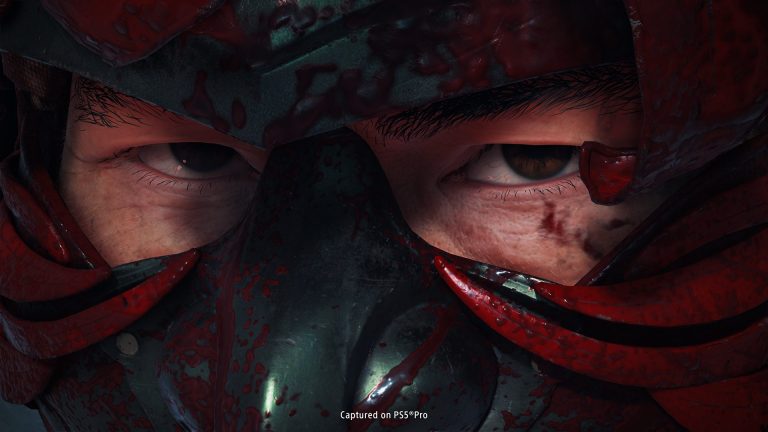Zipline isn’t just some pie-in-the-sky drone startup.
The San Francisco-based company has completed more than 800,000 deliveries in seven countries since its start in 2011. It recently added services for Seattle’s Pagliacci Pizza, vitamin and supplement giant GNC, and large health systems like Intermountain Health, OhioHealth and Michigan Medicine.
Zipline developed its drones — which have now flown more than 55 million miles — for autonomous navigation and precision landings using the NVIDIA Jetson edge AI and robotics platform.
The fast-growing company recently landed $330 million in funding at a more than $4 billion valuation.
Zipline is a member of NVIDIA Inception, a program that provides startups with technological support and AI platform guidance.
Delivering With Jetson-Powered Fleets
The company’s P1 drone, or platform one, has been deployed in production for seven years and currently uses the Jetson Xavier NX system-on-module to process its sensor inputs. It’s guided by GPS, air traffic control communications, inertial measurement unit sensors and its onboard detection and avoidance system, with redundancy of guidance for safety.
“The NVIDIA Jetson module in the wing is part of what delivers our acoustic detection and avoidance system, so it allows us to listen for other aircraft in the airspace around us and plot trajectories that avoid any conflict,” said A.J. Frantz, navigation lead at Zipline.
The company’s fixed-wing drones can fly out more than 55 miles, at 70 miles per hour, for deliveries from one of several Zipline distribution centers and then return. Capable of hauling up to four pounds of cargo, they autonomously fly over delivery locations and release packages that float down to their destination by parachute.
The company’s P2, or platform two, is a hybrid drone that can fly fast on fixed-wing flights — but also hover. It can carry eight pounds of cargo for 10 miles and packs a droid that can be lowered on a tether to complete deliveries with precision placement. It’s intended for use in dense, urban environments.
The P2 uses two Jetson Orin NX modules. One is for the drone’s sensor fusion system to understand environments. The other is in the droid that descends by tether — for redundancy to provide added safety.
“The P2 droid is about bringing the smallest, quickest, safest, quietest drone in for delivery, coming down precisely and leaving the package — and then going back up,” said Joseph Mardall, head of engineering at Zipline. “We want to integrate into people’s lives in a way that they love and that feels magical.”
Zipline completes one delivery every 70 seconds globally.
Flying Away With a Roster of Customers
Zipline’s service offers advantages that are attracting customers. Its drones, fondly nicknamed ‘Zips,’ are capable of 7x faster delivery times compared with vehicle deliveries, according to the company.
“Our aircraft fly at 70 miles per hour, as the crow flies, so no traffic, no waiting at lights — we’re talking minutes here in terms of delivery times,” said Mardall. “Single-digit minutes are common for deliveries, so it’s faster than any alternative, for sure.”
In addition to services for pizza, vitamins and courier meds, Zipline works with Walmart, restaurant chain Sweetgreen, Michigan Medicine, MultiCare Health Systems, Intermountain Health and the government of Rwanda, among others. It also delivers to more than 4,000 hospitals and health centers, according to the company.
Zipline started its service delivering blood in Rwanda seven years ago and later expanded into food and convenience.
Riding Jetson Orin for Energy Efficiency, Environmental Benefits
Delivering energy-efficient computing is mission-critical for the run-time of autonomous machines, used in everything from delivery services and agriculture to mining and undersea exploration. NVIDIA Jetson Orin modules offer up to 275 trillion operations per second while providing market-leading energy efficiency.
“You can pick the right place for your algorithms to run to make sure you’re getting the most out of the hardware and the power that you are putting into the system,” said Frantz.
Startups using Jetson-driven applications are also leading the way in sustainability, as more next-generation electric-driven autonomous machines replace those contributing to pollution.
Deliveries by Zipline offer a 97% reduction in carbon emissions compared with gasoline-driven vehicles, according to the company.
“We are super excited to significantly reduce carbon emissions,” said Mardall. “And when building an electric aircraft, efficiency is totally key — every watt, every fraction of a watt, every joule that we can claw back can be turned into payload and range.”
Learn more about NVIDIA Jetson Orin.












